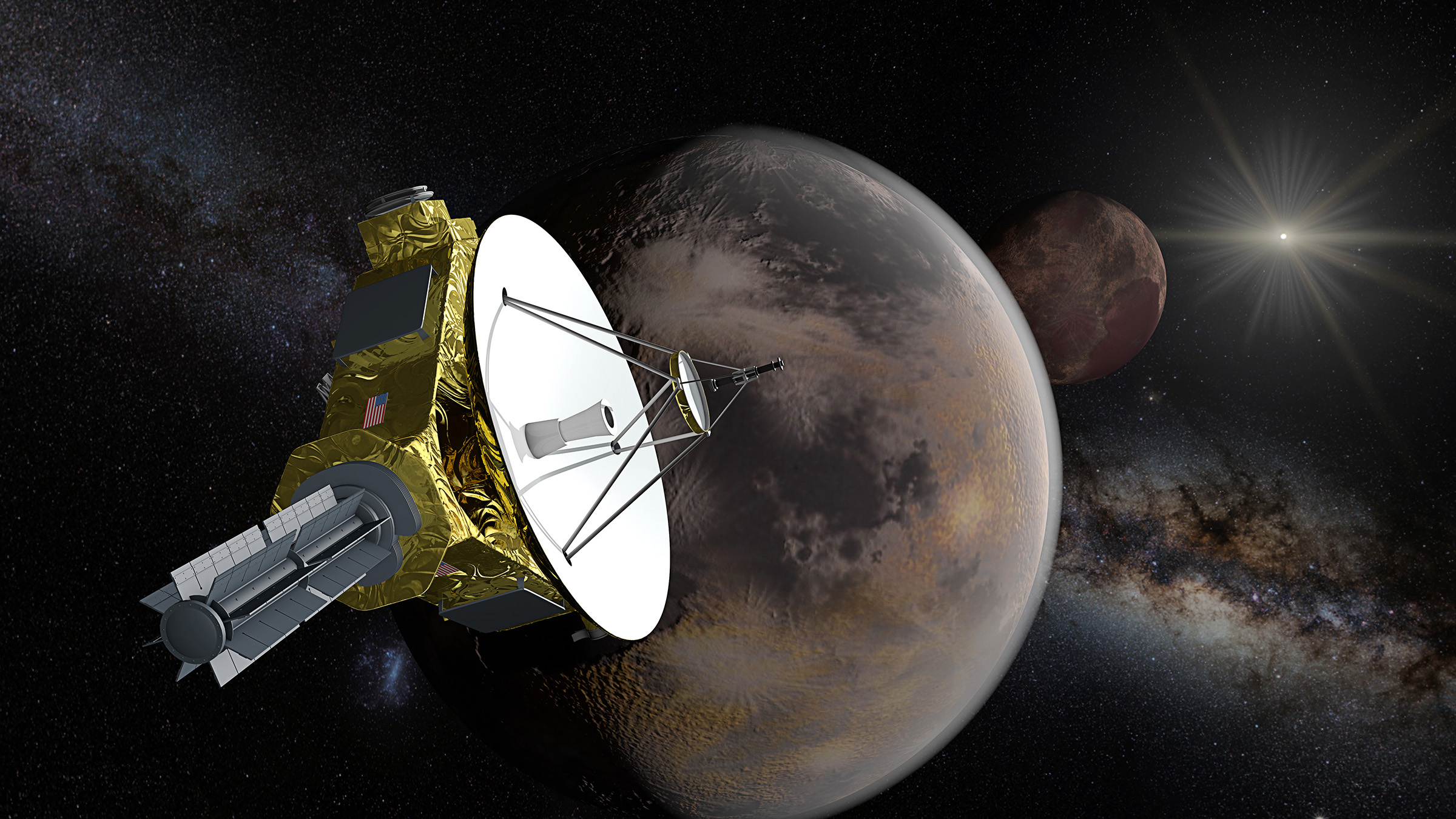Kuiper Belt may be even bigger than we thought
NASA’s New Horizons spacecraft has uncovered an intriguing development. Having spent months speeding through the outer edges of the Kuiper Belt, the New Horizons has learned a good deal about the belt of debris that thrives on the edges of our solar system, including the fact it may extend billions of miles further than we thought.
The Kuiper Belt, which lies around Pluto, is a massive component of our solar system. It’s home to several small planets, including Makemake, Eros, and, of course, Pluto. Scientists believe it to also be home to several chunks of primordial rock leftover from the formation of our solar system. Scientists even believe some of these ice worlds might not be completely dead.
Until now, though, we have always assumed that the Kuiper Belt extended to a certain point and then dropped off. Now, though, all evidence seems to suggest the outer edge of the belt is much bigger than we thought or that there might be an entire second belt we’ve never explored.

It’s an intriguing thought and one that continues to highlight just how vast space is and how little we know about it. The New Horizons continues to take direct measurements of interplanetary dust found beyond Neptune and Pluto. And since these are the first measurements of these areas, discoveries are possible with every observation.
As New Horizons continues to explore the Kuiper Belt and the planetary worlds around it, we’ll undoubtedly learn more about this vast expanse of rock and dust. The spacecraft is currently in its second extended mission, and it is expected to continue operations until the 2040s, when its propellant will likely run out.
It is, of course, only a matter of time until we see what else New Horizons has been uncovering throughout its trek into the Kuiper Belt. Perhaps it will help us learn more about the origins of our solar system by taking a better look at the primordial rock that was left behind by its formation.
